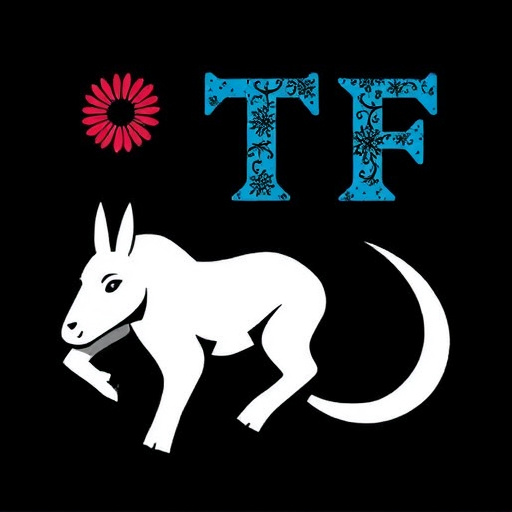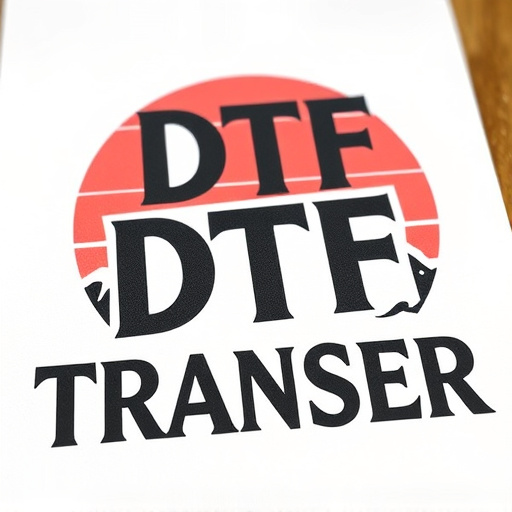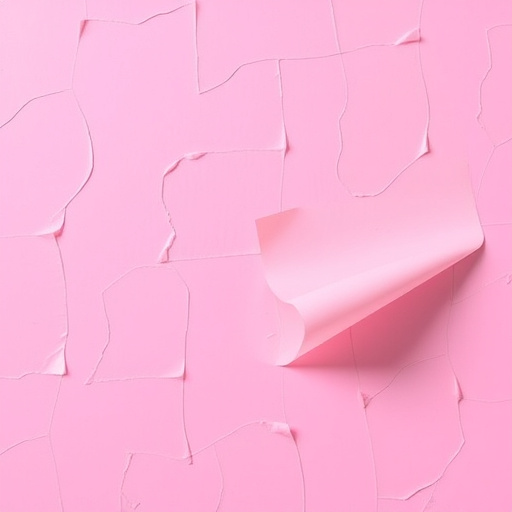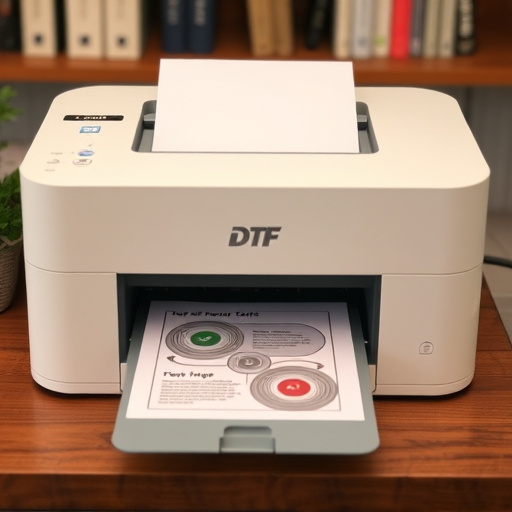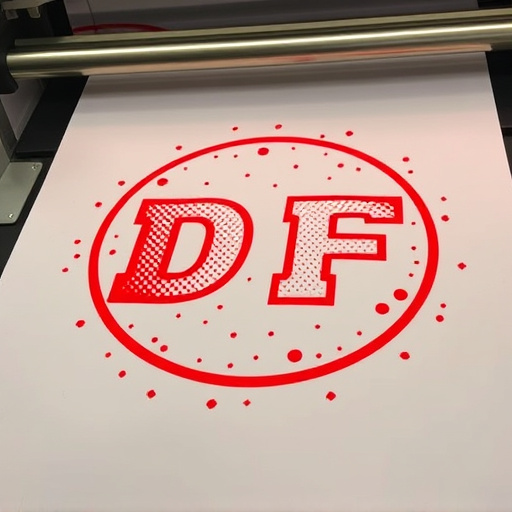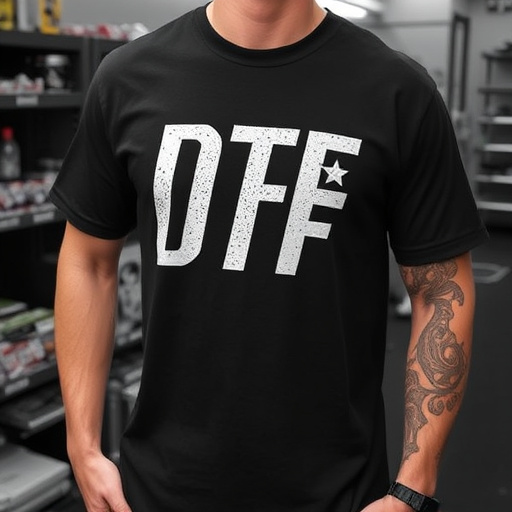“Discover the future of printing with premium direct-to-film (DTF) transfers—a revolutionary technology redefining durability and detail. This article explores how DTF transfers are transforming industries, offering unparalleled longevity and quality. From material science advancements to precise detail unlocking, we delve into the benefits and applications. Learn best practices from professionals to ensure consistent, exceptional DTF printing results, making it a game-changer for various creative fields.”
- Understanding Direct-to-Film (DTF) Transfers: A Revolution in Printing Technology
- The Benefits of Premium DTF Transfers for Longevity and Quality
- Material Science: Crafting Superior Durable Prints
- Unlocking Detail Precision: From Ink to Final Output
- Applications and Use Cases for DTF Transfer Excellence
- Ensuring Consistent Quality: Best Practices for DTF Printing Professionals
Understanding Direct-to-Film (DTF) Transfers: A Revolution in Printing Technology

Direct-to-Film (DTF) transfers represent a groundbreaking advancement in printing technology, offering unparalleled durability and detail for film enthusiasts and artists alike. Unlike traditional printing methods that rely on intermediate steps, DTF directly applies ink to the surface of the film, eliminating potential quality loss during subsequent processes. This innovative approach ensures vibrant colors, sharp contrasts, and remarkable fidelity to the original source material.
With DTF transfers, films gain a new lease of life, showcasing their visual splendor in a way never before possible. The technology’s superior durability means that these transfers can withstand the test of time, preserving precious cinematic memories for future generations. As film culture continues to evolve, DTF transfers stand as a game-changer, revolutionizing how we experience and appreciate motion pictures on a whole new level.
The Benefits of Premium DTF Transfers for Longevity and Quality
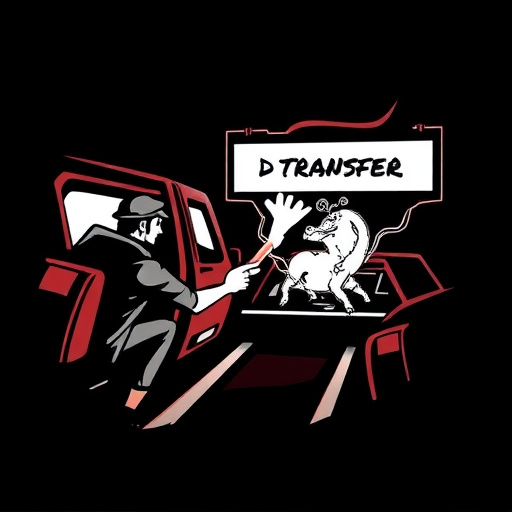
Premium direct-to-film (DTF) transfers offer a significant leap in longevity and quality compared to standard methods. By utilizing advanced technologies and high-quality materials, these transfers ensure that films and images are reproduced with exceptional detail and clarity, preserving their original beauty for extended periods. The durability of premium DTF Transfers is unmatched, making them resistant to fading, scratching, and other forms of damage, ensuring your cherished memories or artistic works remain pristine over time.
This superior quality is not just about aesthetics; it’s a testament to the robust process behind it. Premium DTF Transfers are designed to withstand the test of time, providing a reliable way to archive and share content without sacrificing visual integrity. Whether for personal collections, professional projects, or archival purposes, investing in premium DTF transfers guarantees that your films and images will be enjoyed by future generations with minimal loss in quality.
Material Science: Crafting Superior Durable Prints

Unlocking Detail Precision: From Ink to Final Output
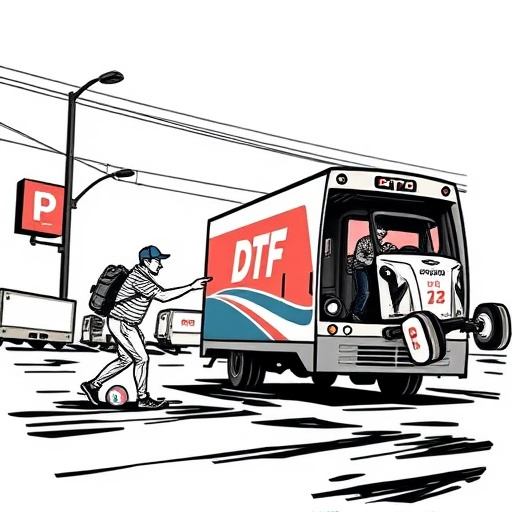
In the realm of direct-to-film (DTF) transfers, achieving detail precision is an art that involves meticulously transforming intricate ink patterns into crisp, high-resolution outputs. The process begins with understanding the subtleties and nuances of the original design, ensuring every line, shade, and texture is accurately captured. Advanced techniques like high-resolution printing and meticulous ink formulation play a pivotal role in unlocking the full potential of DTF transfers.
These innovations allow for the reproduction of fine details, making the final output as close to the original art as possible. The key lies in precise control over ink application, ensuring it seamlessly fuses with the substrate while maintaining its vivid colors and defining contours. This meticulous attention to detail results in superior durability, guaranteeing that the transferred design not only looks impeccable but also stands the test of time.
Applications and Use Cases for EazyDTF Transfer Excellence

Direct-to-film (DTF) transfers have found their niche in various applications, offering a superior viewing experience and enhanced durability. From outdoor advertising to event signage, DTF prints excel in high-visibility settings where quality and longevity are paramount. For instance, billboards and large-scale public displays benefit from DTF technology’s ability to withstand harsh weather conditions while maintaining vibrant colors and sharp details.
Moreover, the precision and clarity of DTF transfers make them ideal for architectural and interior design projects. Designers can utilize these prints on murals, wall art, or decorative panels, adding a touch of modern aesthetics to spaces. Additionally, DTF’s superior durability ensures that these applications remain visually appealing for extended periods, making it an excellent choice for both commercial and residential settings.
Ensuring Consistent Quality: Best Practices for DTF Printing Professionals

Direct-to-film (DTF) transfers demand meticulous attention to detail and consistent quality control to ensure superior durability and vibrant visuals. Professionals in this field must adhere to best practices to deliver top-notch results. One crucial aspect is using high-quality materials; this includes both the film itself and inks, which directly impact image clarity and longevity. Calibrated printing machines and precise color profiling are essential tools to maintain consistency across batches. Regular maintenance of equipment ensures optimal performance, minimizing variations in print quality.
Additionally, proper preparation of designs before transfer is vital. Vectorization of images eliminates jagged edges and ensures crisp lines, especially for fine details. Removing potential contaminants from the substrate surface prevents print imperfections. DTF professionals should also maintain a clean workspace and adhere to safety guidelines when handling chemicals to prevent damage to both the final product and the printer.





